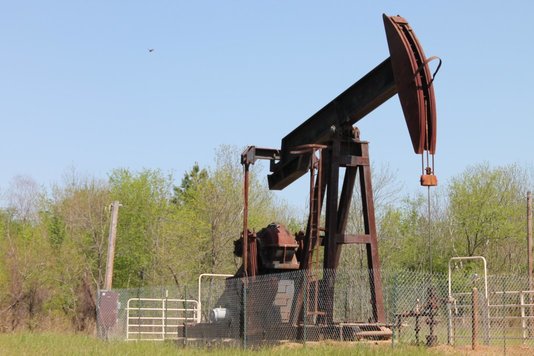The price for crude is much closer to a near-term bottom than a top. Who knows where the actual bottom will be put in; however, I think it’s safe to say we are close. WTI has cracked the $40 barrier and is at multi-year lows, revisiting the levels of April of this year. If I had to put money in a currency, I’d pick the loonie or aussie at this point, which are both at or near decade lows.
CNBC reports on comments by Tom Kloza, co-founder and global head of energy analysis at the Oil Price Information Service, “I don’t think we’re going to get to $30…My hunch is WTI is pretty close to a bottom; somewhere between the [$32.40] … we saw in the Great Recession and where we are today…If we get a black swan event — a devaluation of the [Brazilian] real or some sort of other worldwide terrorism event that challenges travel — you could see prices briefly go into the $20s…I think demand is going to rise and the market is going to rebalance, probably in the second half of 2016 and 2017…This is a glut in terms of the most crude oil we’ve ever had in North America. But if you measure it versus the population, it’s not altogether that much. We’ve had much more crude-per-population back in previous decades.”
Of course black swan events can work both ways. If we get a flare up in the conflict in the Middle East, say between Turkey and Russia, Iran and Turkey, or if Russia accidently targets U.S. forces with its naval cruise missiles, we could see an immediate spike in the global price of crude. I think that is much more likely than a terrorist attack that will curtail travel. Of course another terrorist attack will come, but it would have to be massive to slow the global economy to any measurable extent.
The other point to make is that people have thrown in the towel on oil, and therefore on the commodity currencies. You don’t see people out there in mass pounding the table to buy the loonie. That is usually a buy signal, capitulation.
Of course the real driver of the commodity slump is weakening demand from China. This is not going to end anytime soon. However, the oil market is somewhat of a leading indicator. Traders are pricing in where they think oil is going to be. Therefore, much of the Chinese slowdown has been priced in. OPEC has factored in this fact as well.
I am not saying that oil is going to bounce significantly from here. I think we will bounce along this possible bottoming area for quite some time. However, I don’t think oil can get all that much cheaper from these levels, relative to the price drop we have already experienced.
The United States economy is about to bounce hard after the election. Most likely a more business and economic friendly government will be in place. At some point, the market will discount this possibility. We have only eleven months till November of 2016.
In my humble opinion, your downside risk is limited here if you want to start acquiring commodity currencies.
L. Todd Wood is a former emerging market debt trader with 18 years of Wall Street and international experience. He is also an author of historical fiction thriller novels. His first of several books, Currency, deals with the consequences of overwhelming sovereign debt. He is a contributor to many media outlets and is a foreign correspondent for Newsmax TV. LToddWood.com






